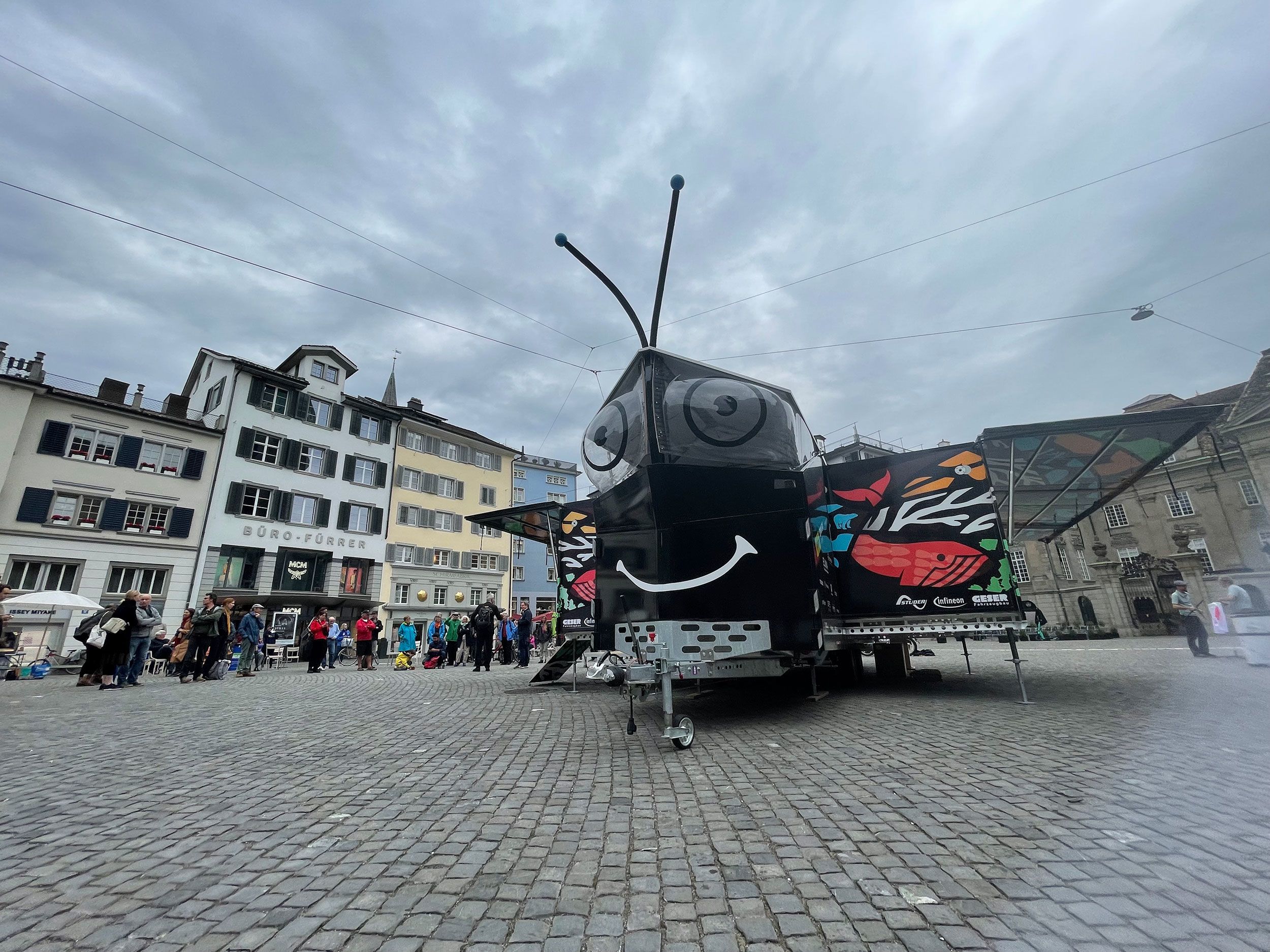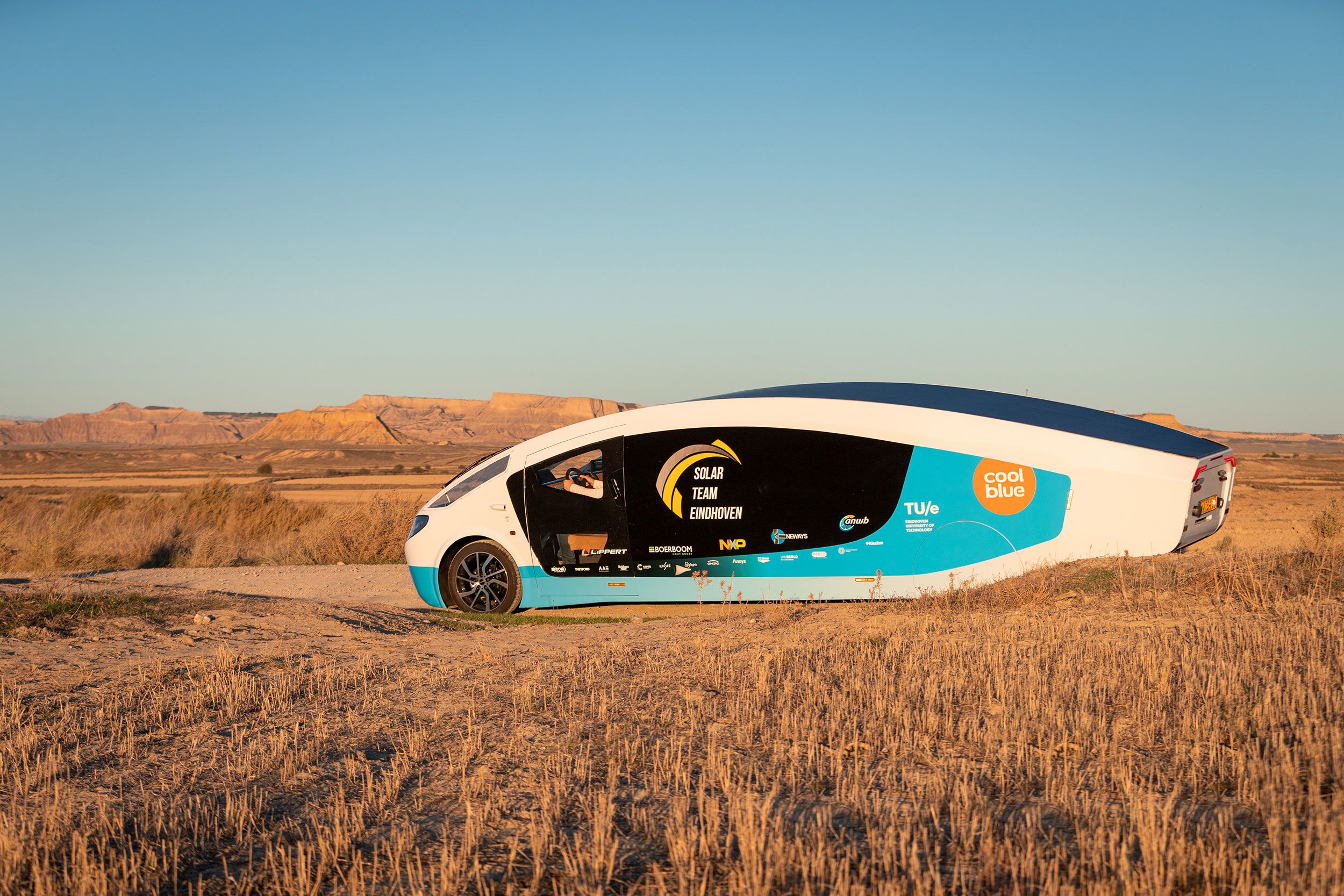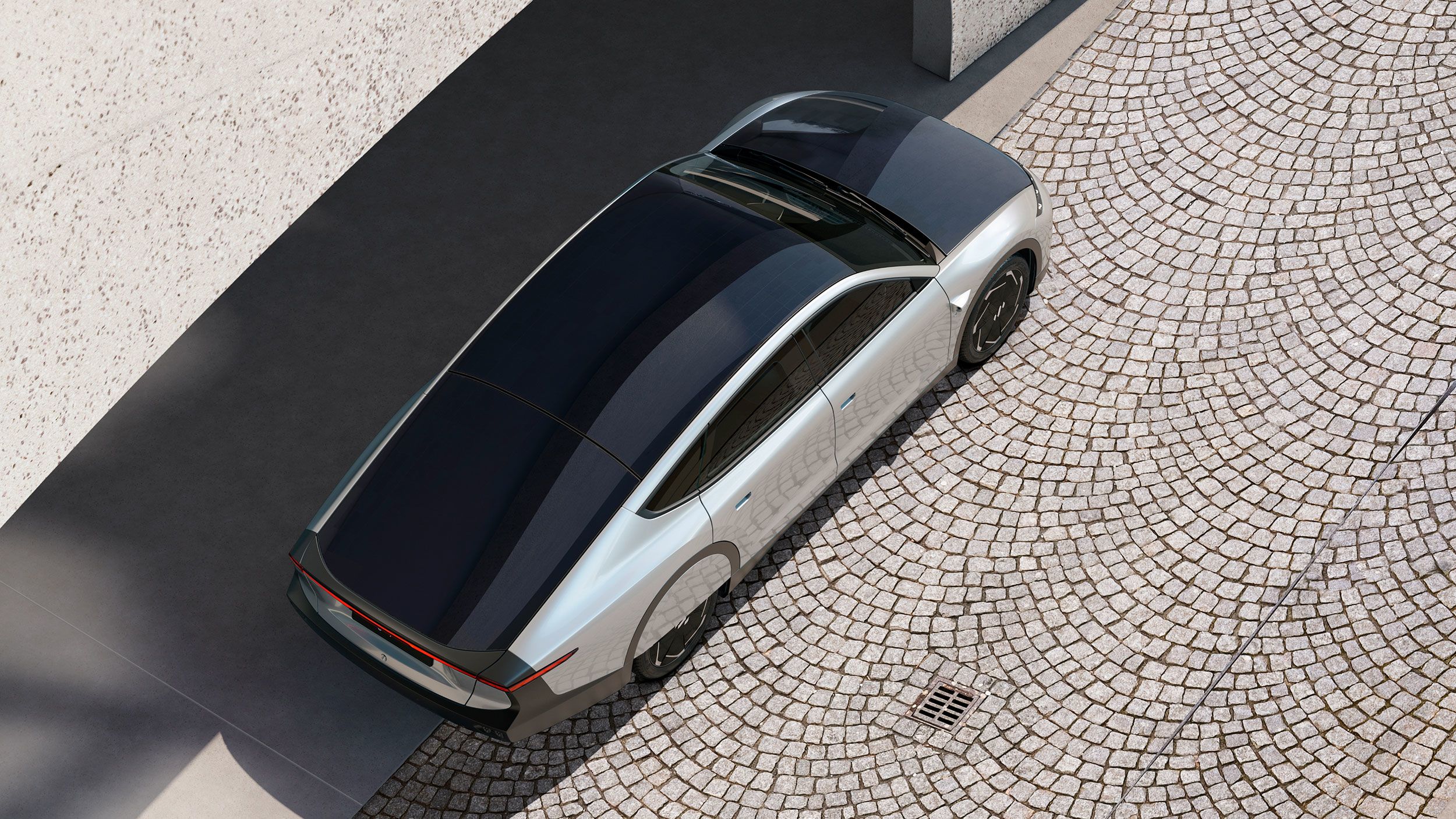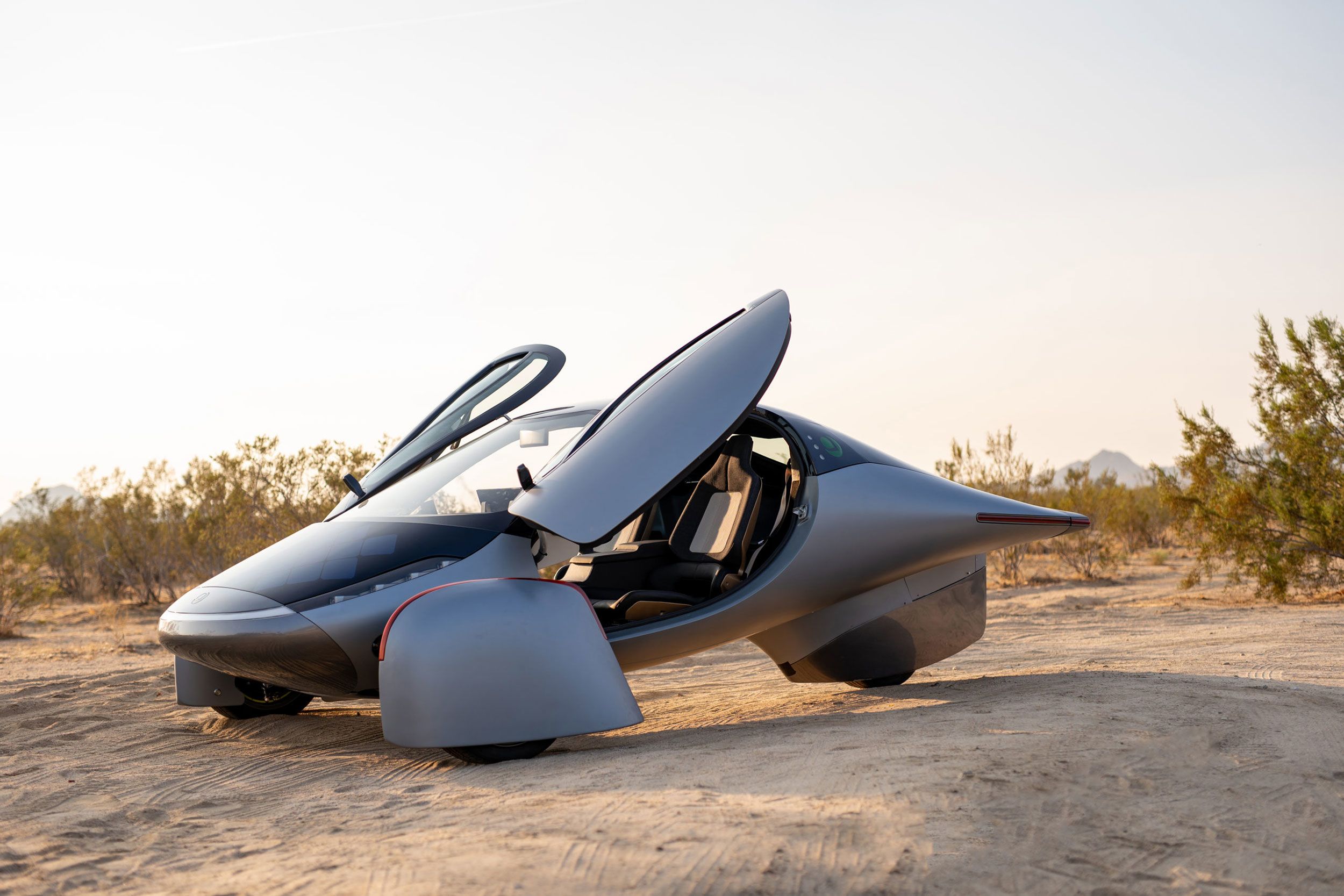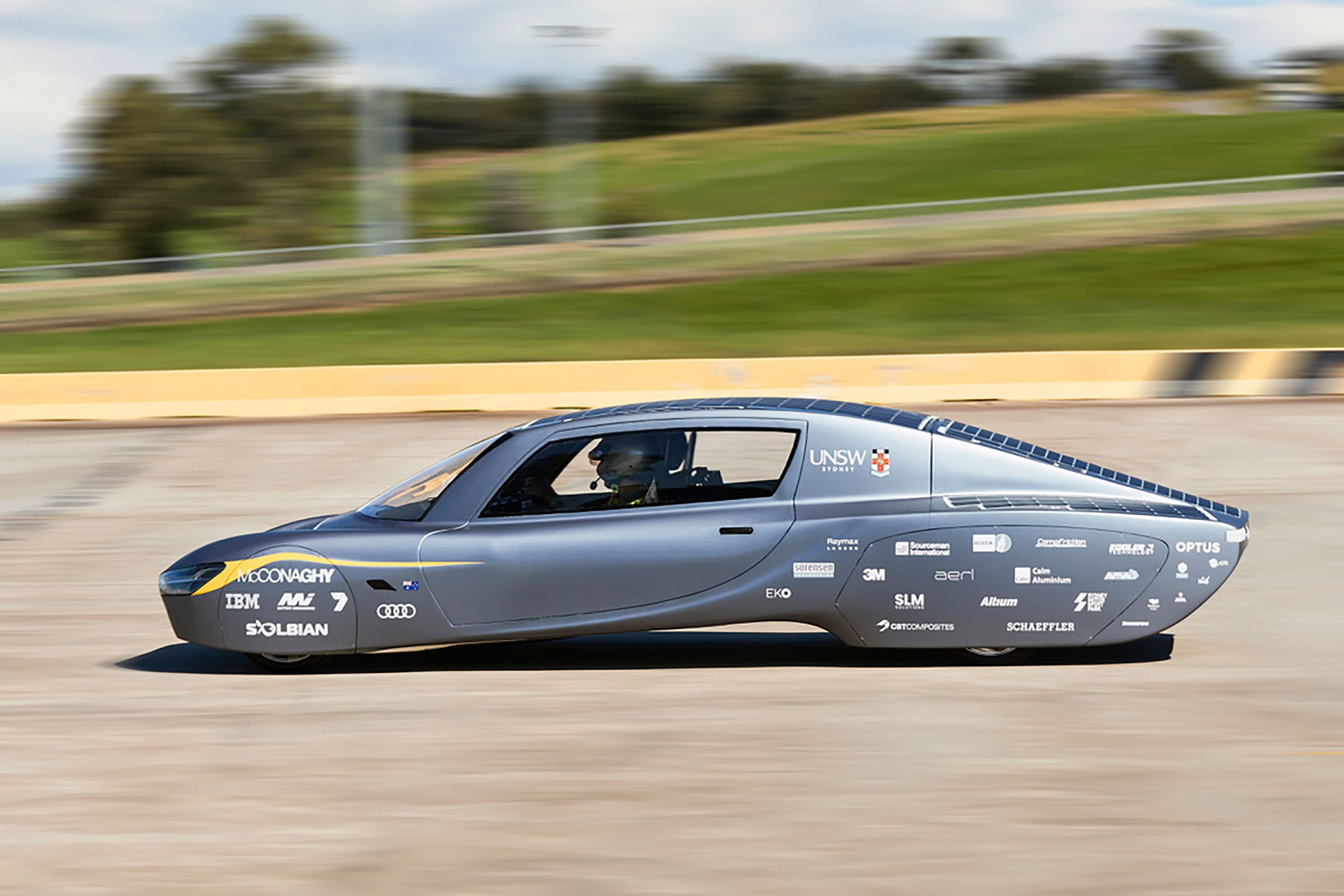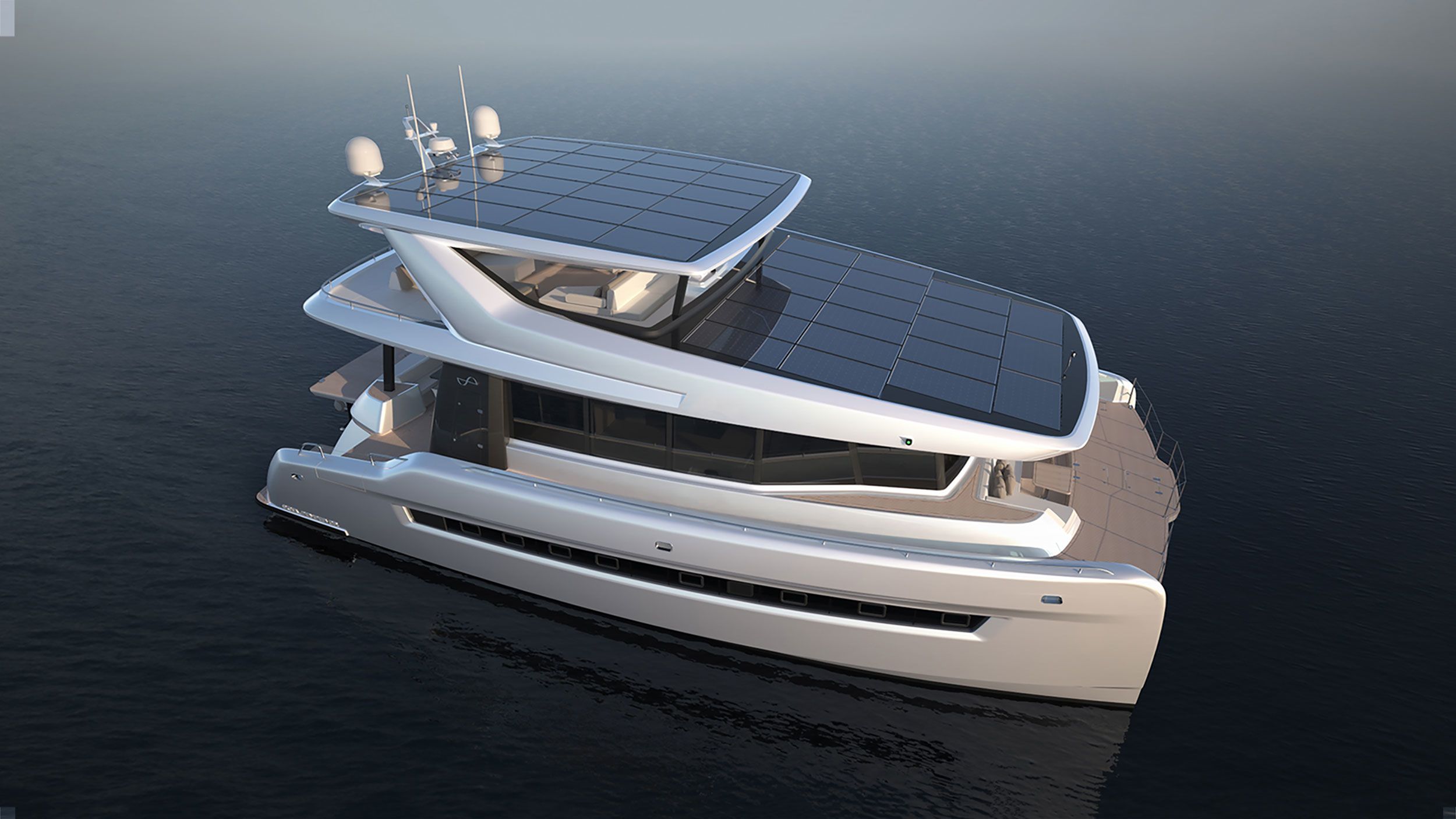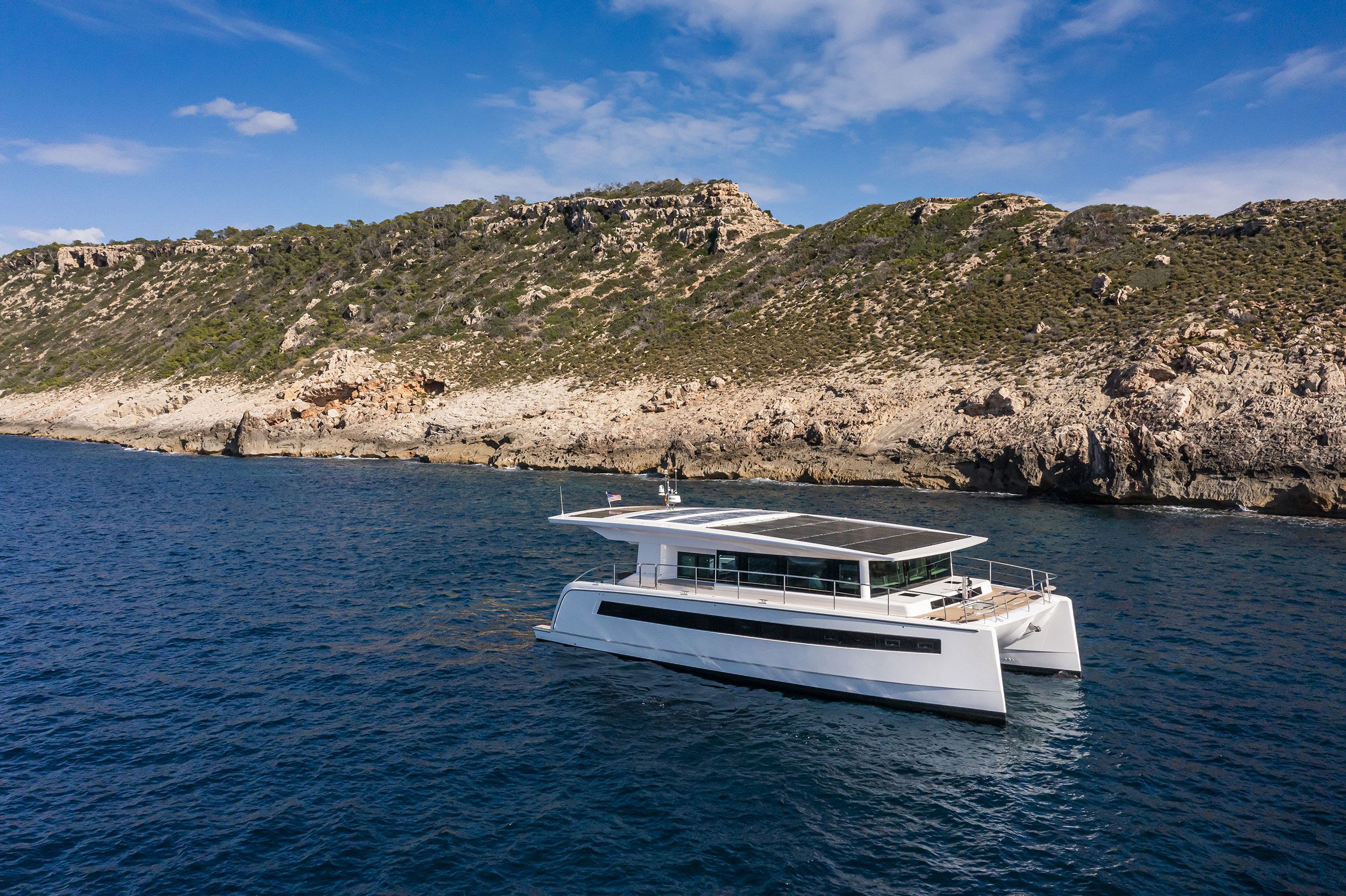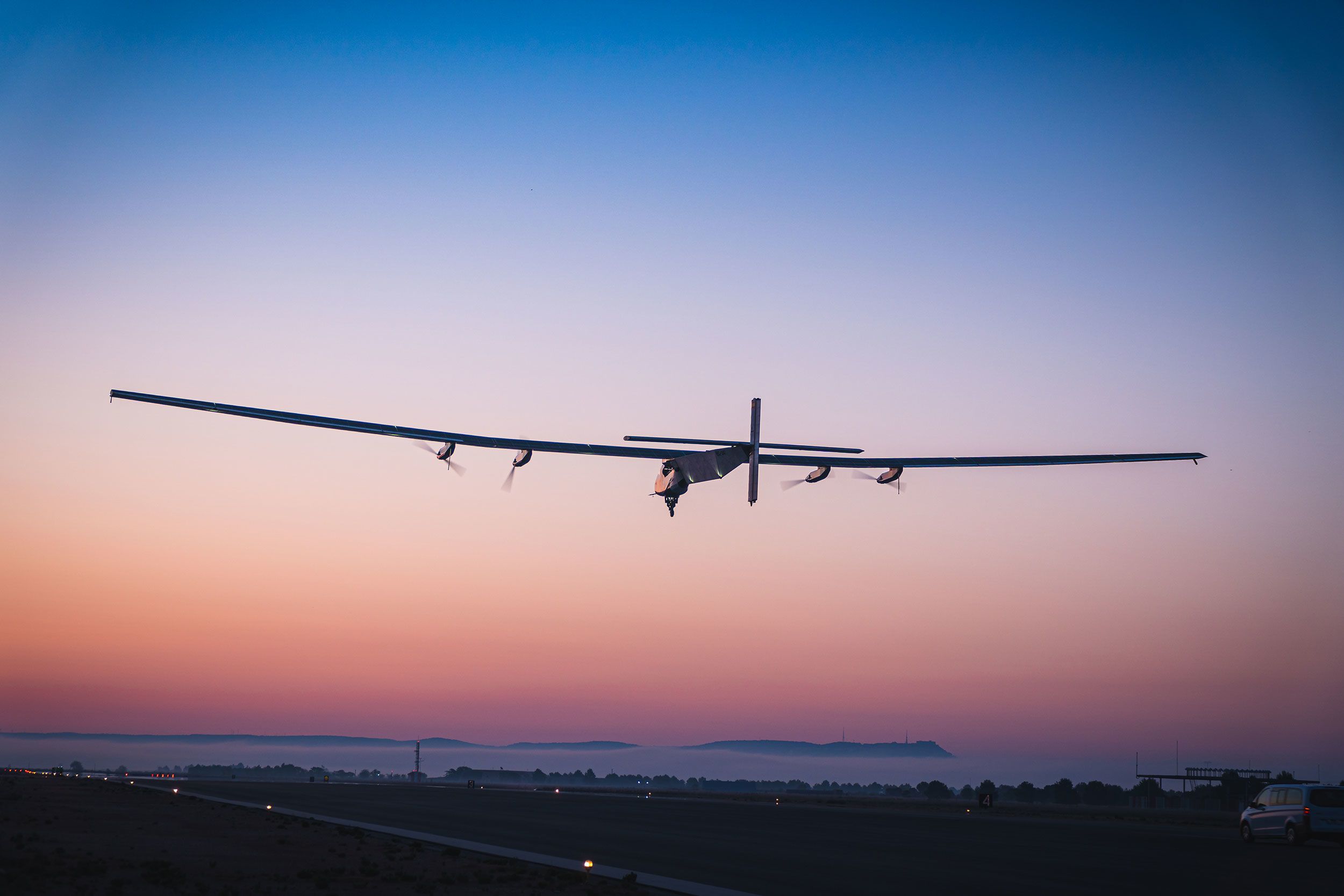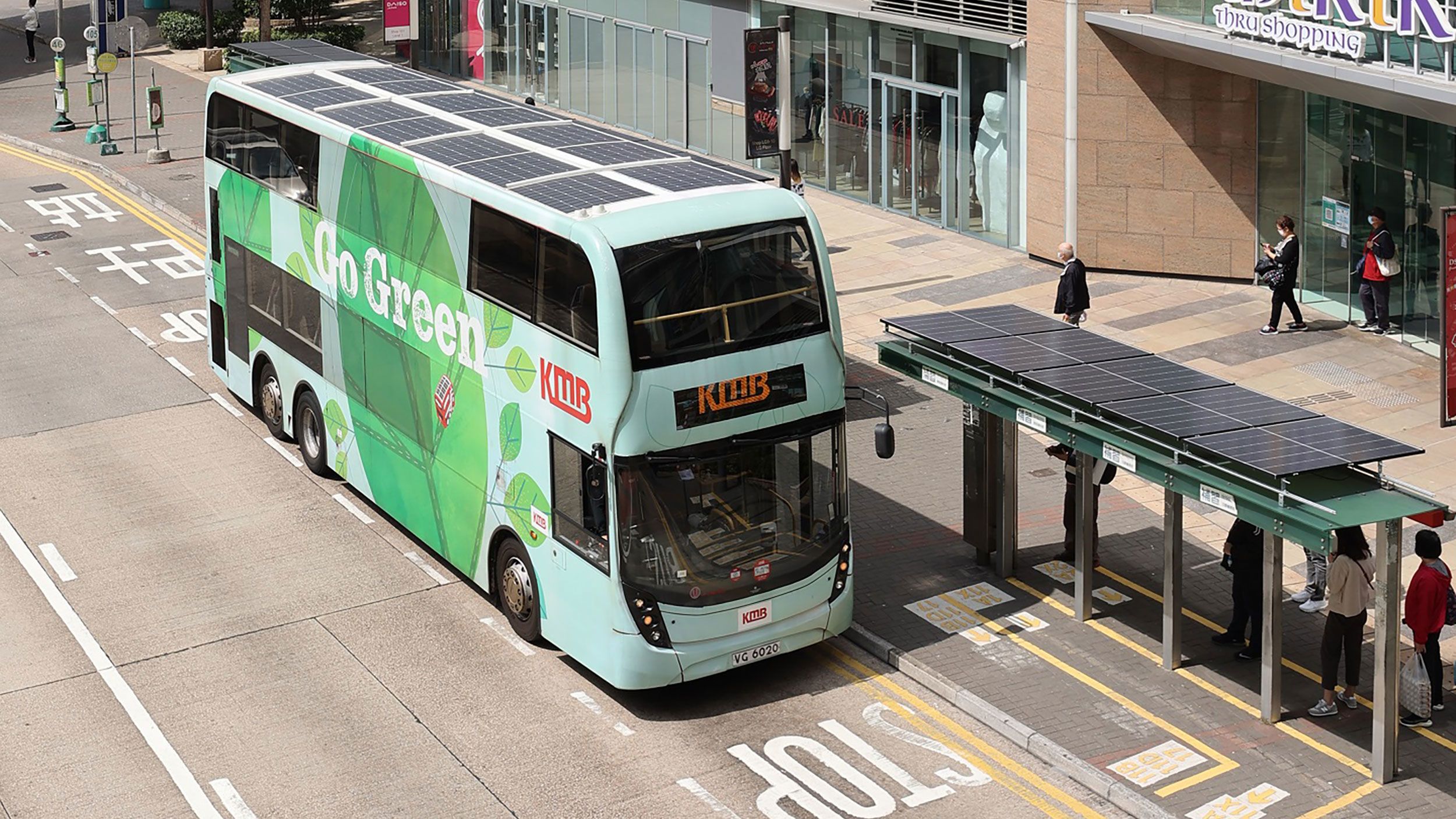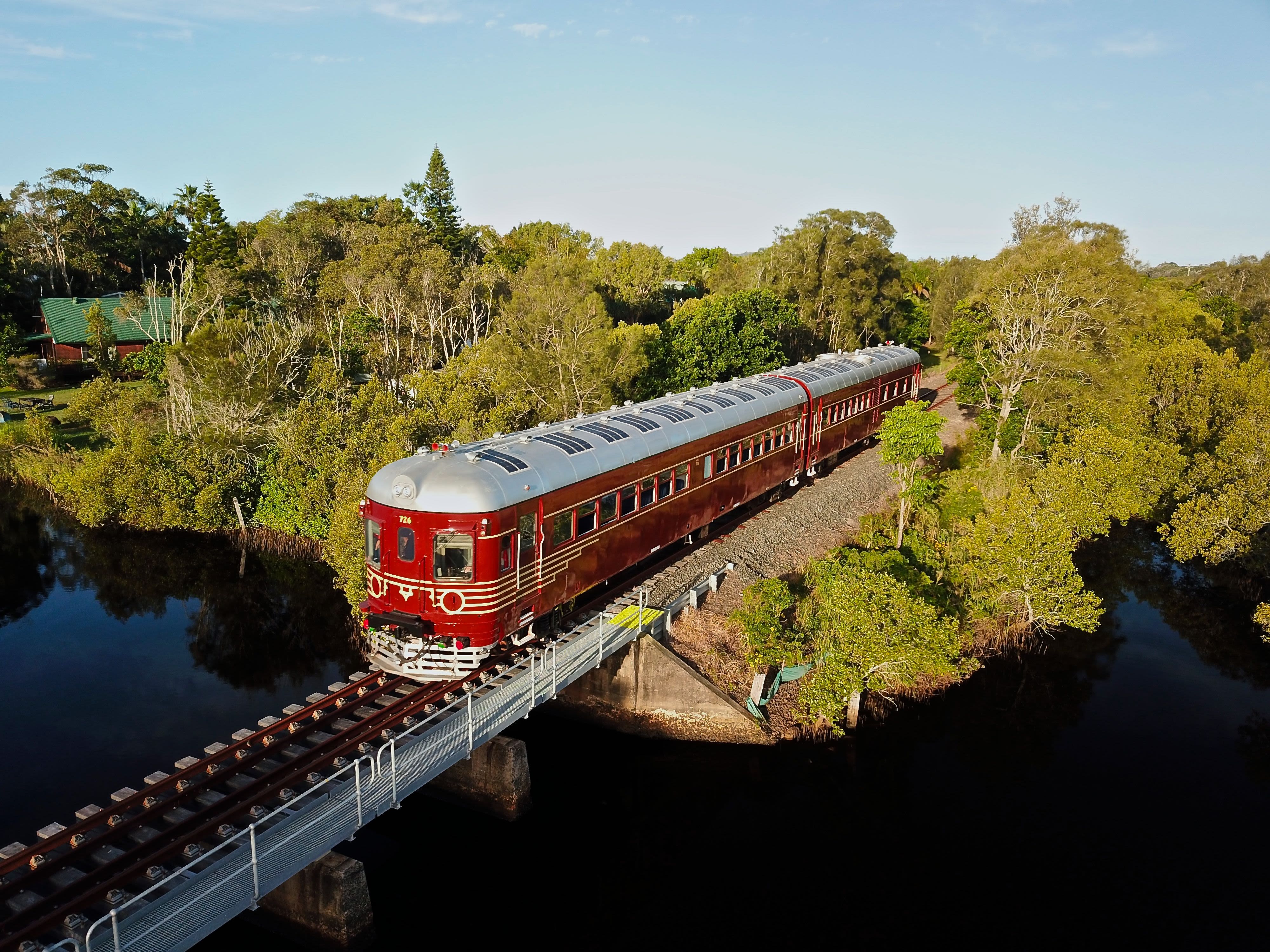Last month, a solar-powered trailer set off on a four-year journey that will cross six continents and 90 countries – all in a bid to stop global warming.
Nicknamed the SolarButterfly for its set of 80-square-meter, solar panel-covered “wings” – which power the Tesla Model X towing it – the trailer began its adventure amid dramatic alpine vistas at the United Nations office in Geneva, Switzerland.
The first phase of the project – which has been largely crowdfunded, along with support from corporate sponsors – will take it on a six-month, 22,000-kilometer (13,670-mile) trip across 32 countries in Europe.
Louis Palmer, the brains behind the SolarButterfly, says the purpose of the trip is to highlight climate crisis solutions that already exist – and inspire others to take action.
“The message is that it’s possible to save the planet,” says Palmer.
The power of the sun
Palmer came up with the SolarButterfly concept while stuck at home in Lucerne, Switzerland, during the pandemic. It’s not the 50-year-old former teacher’s first foray into eco-travel: in 2007, he became the first person to drive around the world in a solar-powered car in his 17-month, 32,000-mile “SolarTaxi” adventure.
Constructed in collaboration with the engineering department at the University of Lucerne, the 21-meter-square (226 square-foot) SolarButterfly is built with a lightweight foam-like material made from recycled ocean plastic.

The trailer’s solar panels are also made with recycled ocean plastic to make them lighter, says Palmer, adding that the solar cells were sponsored by green energy specialists LONGi. The company claims to have one of the highest efficiency rates on the market, transforming around 24% of the sunlight absorbed into electricity, compared to the typical 20 to 22%.
In case of bad weather or cloud coverage, Palmer says the trailer has an additional array of solar panels that can be put out on the ground when the vehicle is parked.
Designed to sleep four people, the trailer includes a small kitchen, toilet and shower room, and a flexible space that doubles as a bedroom, conference room and studio. Its other eco-features include rainwater harvesting and purification, a solar-heated water system, and fabrics and bedding made from biodegradable textiles.

Palmer hopes to go entirely off-grid with “minimal impact on the environment” – although in the event that the car needs to be charged, the electricity used will be offset via Swiss non-profit myclimate – which also helped to offset the emissions generated by the construction.
“It’s a fantastic feeling that you know that we are not causing any trouble (to the environment),” says Palmer. “We can enjoy the beauty of this world without destroying it.”
A thousand climate change solutions
Next year, after the SolarButterfly completes its European tour, it will continue on to Asia and Australia, then North and South America in 2024, and Africa in 2025, before returning to Europe to finish in Paris on December 12, 2025 – just in time for the 10th anniversary of the Paris Agreement on climate change.
Along the way, a rotating team of volunteers will meet with climate pioneers to highlight 1,000 climate change solutions, says Palmer: “We are looking for energy projects, mobility projects, architecture, food, agriculture, nature, reforestation – anything to do with climate change.”
The SolarButterfly is still recruiting volunteers to join the tour in a variety of roles, and the project will continue to be crowdfunded along the way, says Palmer – as well as taking suggestions for innovators and advocates to meet.

So far, the trailer has traveled through Switzerland, Germany and the Netherlands, meeting inspiring individuals such as 15-year-old Manuel Ehnes, who has created a space-saving solar cell on a rod, and companies including Lightyear, the creators of the first solar-powered car to go into commercial production.
As a symbol of transformation, Palmer hopes the SolarButterfly can inspire more people to make positive, sustainable changes.
“Everybody in the world is aware of climate change, and everybody wants to do something, but has a feeling that they can’t,” says Palmer. “We can solve this problem, and that’s what we want to get across.”
